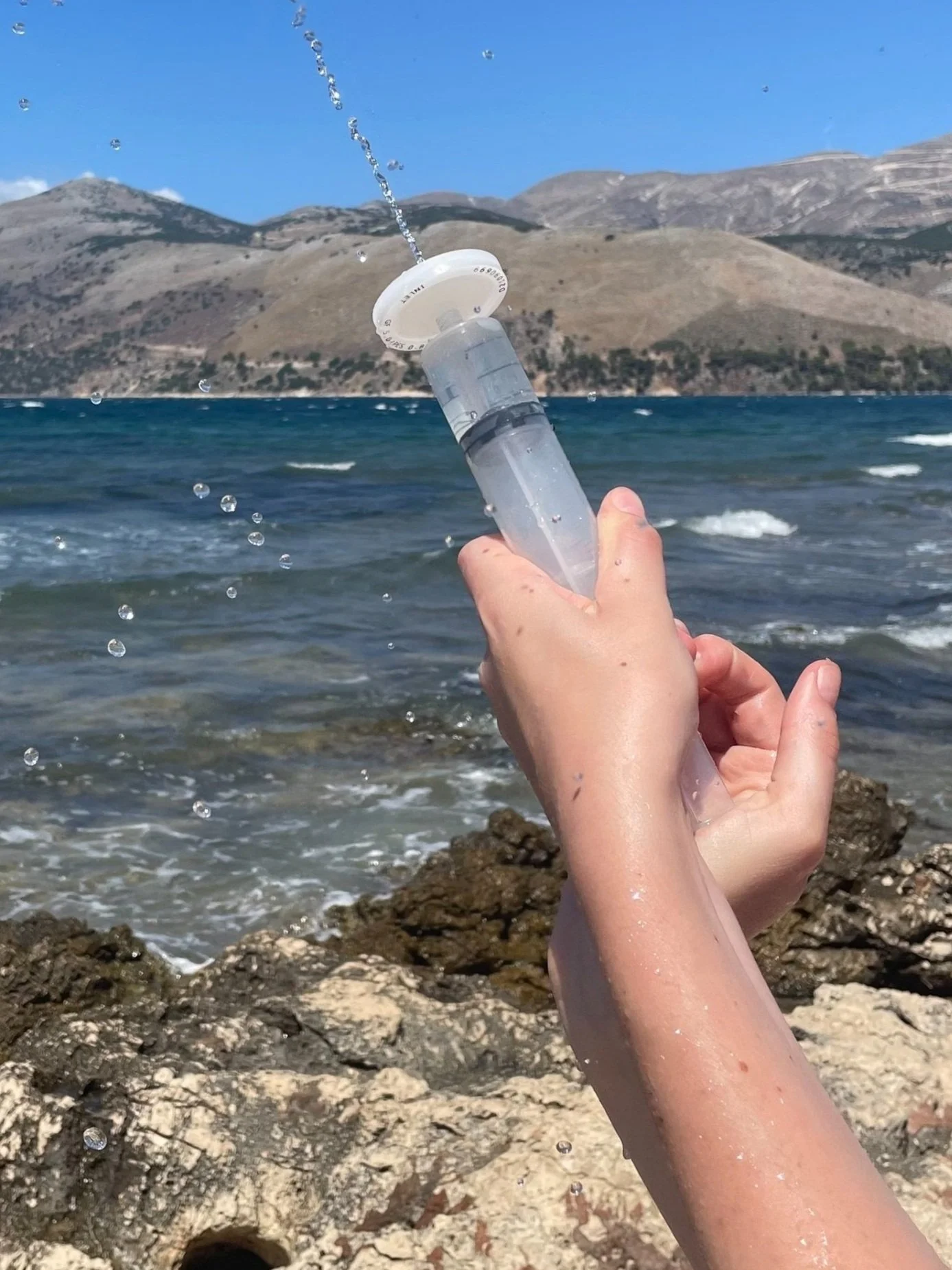Environmental DNA
Author: Polly Sadler, Conservation Enthusiast
Read time: 3 minutes
Flooglebinder are travel experts and a certified B Corporation with tour experience in over 75 countries. We curate sustainable bespoke adventures that incorporate sustainability, conservation and wellness. As a BCorp organisation we use business as a force for good, meet the highest standards of verified performance, accountability and transparency, whilst tracking and monitoring our social and environmental impact.
Basic information on species abundance and distribution is vital to conservation. But how can we work to protect populations if we don’t know where they are, and in what quantities?
“This new-found ability to detect species presence has triggered a wide range of ecological discoveries and scientific advancements.”
Simple methods of surveying wildlife fall short when considering the more elusive species. This can be said for solitary, nocturnal species like the Eurasian otter (Lutra lutra), or those who lie dormant for the winter like the great crested newt (Triturus cristatus). How can anyone make an informed conservation decision about an animal nearly impossible to detect? Of course, we can never really know (and keep track of) exactly how many individuals are in a single population or community, but the closer we can get, the more efficient our conservation efforts.
What is eDNA?
Environmental DNA (or eDNA) is an emerging technique that has increased global efforts in species detection and quantification. eDNA is genetic material from skin, blood, hair, faeces, urine or carcasses of organisms that can be extracted from soil, water, sediment and now even the air. It can be obtained through techniques such as filtering air or water, sifting sediment, and taking samples from water bodies. DNA can persist in temperate water for several hours, and much longer in cold, dry conditions such as in permafrost.
It was as early as 2003 when the DNA was identified of ancient macroorganisms (mammoth, horse and bison) and ancient plant DNA from permafrost and cave sediment in Siberia and New Zealand. These samples were anywhere from 10,000 to 400,000 years old. The implications were vast – using environmental DNA gave access to the history of countless genetic records of pre-human environments.
Use of eDNA
This new-found ability to detect species presence – quickly and sensitively – has triggered a wide range of ecological discoveries and scientific advancements. It overcomes many of the struggles that go hand-in-hand with traditional surveying techniques which can be biased, invasive and destructive as well as time-consuming and labour-intensive. For example – a 2011 study detected the presence of a rare species of fish. This took 93 days without eDNA, and only 4 hours using eDNA. This technique not only confirmed the presence and abundance of the target species but also of any other species present. It essentially paints a taxonomic picture of an ecosystem. In addition, eDNA technology has recently been used to detect invasive species and pathogens in different environments. This has far-stretching implications across many fields including sustainable development, agriculture and public health.
Although the advantages are clear, eDNA analysis is not without limitations. This technique is likely to detect a complex mixture of degraded samples from multiple organisms, rendering the analytical process challenging. Results are also highly dependent on microbial activity and environmental variables such as temperature, which can cause complications in highly biodiverse tropical regions.
“Our partnership has led to the confirmation of Sunda pangolin in Borneo!”
Conservation implications
Environmental DNA monitoring is becoming a key component of any ecologist's or conservationist's toolbox. It allows accurate conservation recommendations to be made to best preserve and protect the species found in a specific area. It can help identify biodiversity hotspots, fill gaps in knowledge, and even help discover new species. Furthermore, as the method does not require taxonomic knowledge or a background in species identification, anyone can do it. A citizen science study was carried out to test the presence across the UK with great success. This type of public monitoring program could be reproduced around the world.
Flooglebinder's mission is to travel the world and educate the next generation on matters of conservation and sustainability. In 2022 we decided to use our unique position and join the many people conducting eDNA surveys. Samples were collected from 3 study sites in Wales, Greece and South Africa, and results were shared with eBioAtlas. 2023 has seen the same sites repeated, as well as 7 more sample locations added – the Amazon, Thailand, Borneo, Costa Rica, Azores, Iceland and Croatia.
“Using environmental DNA gave access to the history of countless genetic records of pre-human environments.”
eBioAtlas is a partnership between NatureMetrics (a DNA analysing company) and the International Union for the Conservation of Nature (IUCN). Its goal is to create a global network for the world's wetlands using eDNA technology, providing an atlas of global biodiversity. It relies on citizen science, partner companies and external funding, and aims to create a database available to all, to ultimately assist in the conservation of global biodiversity. Our partnership with eBioAtlas has led to the confirmation of the presence of many endangered species, including the Sunda pangolin in Borneo! We will continue to collect eDNA data with the hope of finding even more species, therefore assisting in conservation efforts around the world.



































